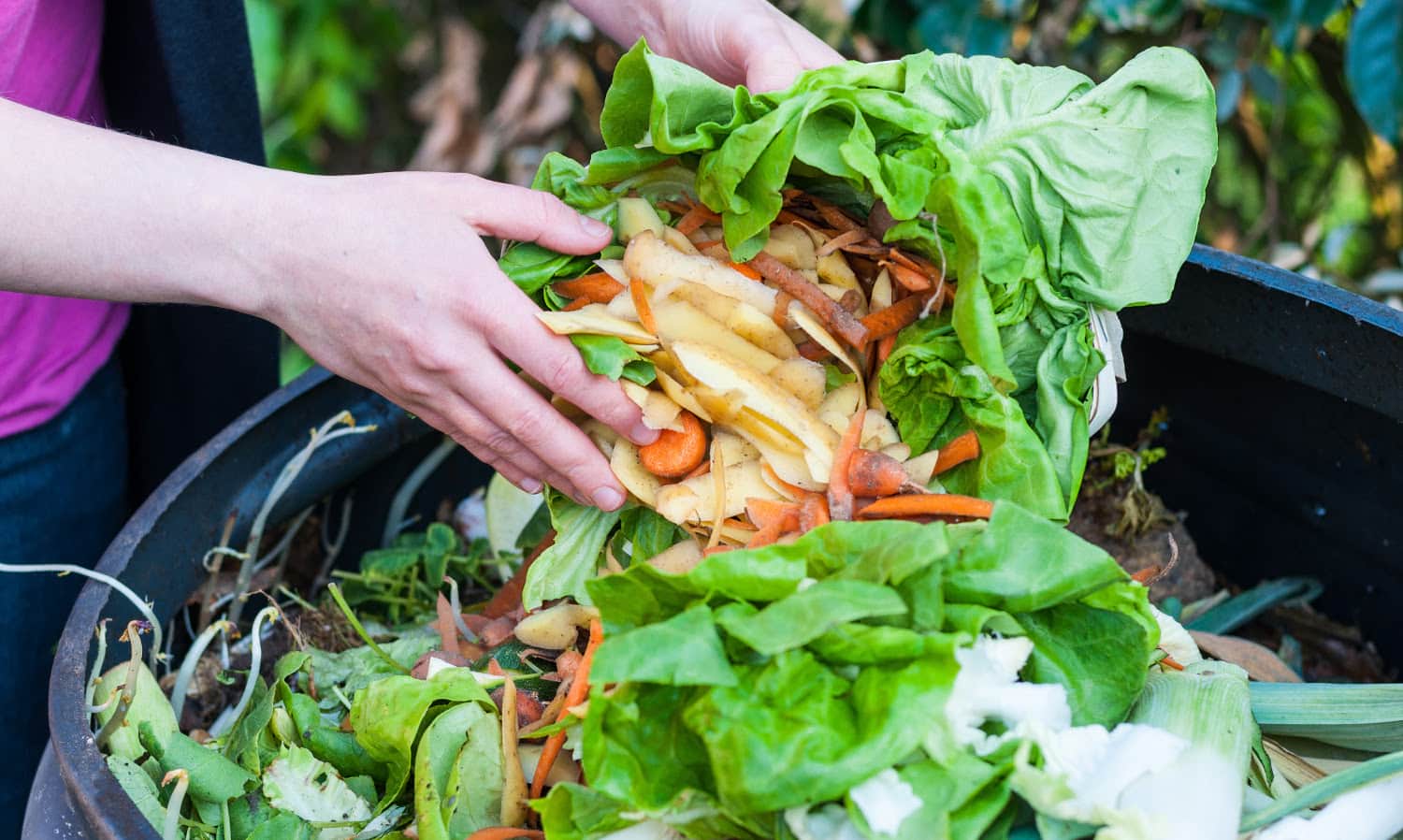A recent brief released by the Global Panel on Agriculture and Food Systems for Nutrition addresses two huge contributors to poor diet—food loss and food waste. Poor diets have been linked to 20 percent of deaths globally according to the World Health Organization. Because of high levels of food loss and waste—especially of nutrient-rich, perishable foods—as many as three billion people are consuming low-quality diets that result in micronutrient malnutrition as well as rising levels of obesity. The Global Panel, an independent, international group of leaders from around the world, is committed to making safe, high-quality, healthy diets affordable and accessible to people around the world.
Food loss in the supply chain limits the availability of nutritious foods to consumers—as well as increases the costs of the produce that finally gets to market—creating significant public health risks. Reducing food waste—especially in retail establishments and consumers’ own homes—can also increase availability of nutritious foods. With a host of illnesses and diseases linked to poor diets, access to nutritious food is critical to ensuring that sufficient nutrients, not just sufficient calories, are available to nourish a growing population. According to the U.N. Food and Agriculture Organization, around 1.3 billion tons of food is lost or wasted annually in global food systems. The Global Panel brief outlines key focus areas for urgent action to address these critical issues.
“Food loss and waste have emerged as important barriers to achievement of food and nutrition security objectives,” says Emmy Simmons, Senior Adviser, Non-resident, to the Center for Strategic and International Studies Global Food Security Project, and Global Panel Member, to Food Tank. “While not all food loss and waste can be avoided, actions that contribute to more effective management of the quantity and quality of the food supply—reduced loss and waste—will pay off in healthier diets and better nutrition,” Simmons adds.
According to the Global Panel, nutrient loss occurs when the quantity or quality of food decreases due to inefficiencies in production, harvest, handling, transportation, and storage of food meant for human consumption. This also includes food that becomes contaminated by microorganisms, such as E. coli, that must be discarded. Food waste, however, refers to food that would otherwise be consumable but that is discarded due to strict grading and sorting for aesthetic purposes, over-buying of perishable items, consumer habits, and post-meal disposal of uneaten portions. Speaking with Food Tank, K. Srinath Reddy, President of the Public Health Foundation of India and Global Panel Member, explained that efforts must “emphasize minimizing post-harvest losses of fruits and vegetables and cereals by improving harvesting methods, storage, and transport,” adding that “preventing damage from pests, rodents, microbial, and fungal attacks is a priority as well.”
Nutrient-poor diets can impair child and adolescent development, increase the risk of heart disease, and reduce learning capacity and productivity. Six of the top nine contributors to the global burden of disease stem from diet-related factors. Reddy told Food Tank that “There is overwhelming evidence now to show that dietary factors drive the many biologic changes that result in heart disease, stroke, and other forms of blood vessel disease.” Reddy emphasized the importance of the food system, saying that “the food system is more important to people’s health than the hospital system.”
Food loss and waste also have important economic effects that add additional challenges. Simmons points to the fact that “high rates of food loss and waste raise the prices of these products, reducing the ability of low-income consumers to be able to afford them.”
Changing climate adds uncertainty to the already risky business of producing food. “The production of food—growing crops, raising animals, fishing—is a risky business and climate variables constitute a large part of the risk,” says Simmons. Changing environmental conditions such as later onset of rains, changing temperatures, insect predation, and storms leave crops—and farmers—vulnerable. Innovative production and processing technologies can help producers cope with such variability and reduce losses at the farm level and in post-harvest handling operations. Research and development activities can provide new knowledge to make the food supply system more resilient to climate challenges.
Currently, poorly-managed food production systems are contributing to environmental degradation. Compensating for food losses and waste by increasing production only leads to more degradation. “Reducing food waste preserves our nutritional resources, protects universal availability and affordability of healthy food products, and helps us to stave off the environmental impact on the food system, which is vulnerable to climate change,” says Reddy to Food Tank.
With all of these challenges to global food and nutrition security and the urgent need for improving the quality of diets to be consistent with public health goals, the Global Panel’s policy brief has four key priority areas for action. These include educating people at all levels of the food system—including eaters—to prioritize the reduction of food loss and waste, taking practical steps to reduce these issues, improving infrastructure that promotes a well-functioning and efficient food system, and encouraging innovative solutions to retain nutrients in the system. Solving the crisis of excessive food loss and waste will require action on all levels—household, community, city, national, and international. Although some companies and countries are making strides, Simmons adds that “there is still a long way to go in virtually every area of the world to ensure that all people have access to safe, nutritious, and affordable food. Making the reduction of food waste and loss a priority will help to achieve this objective.”











